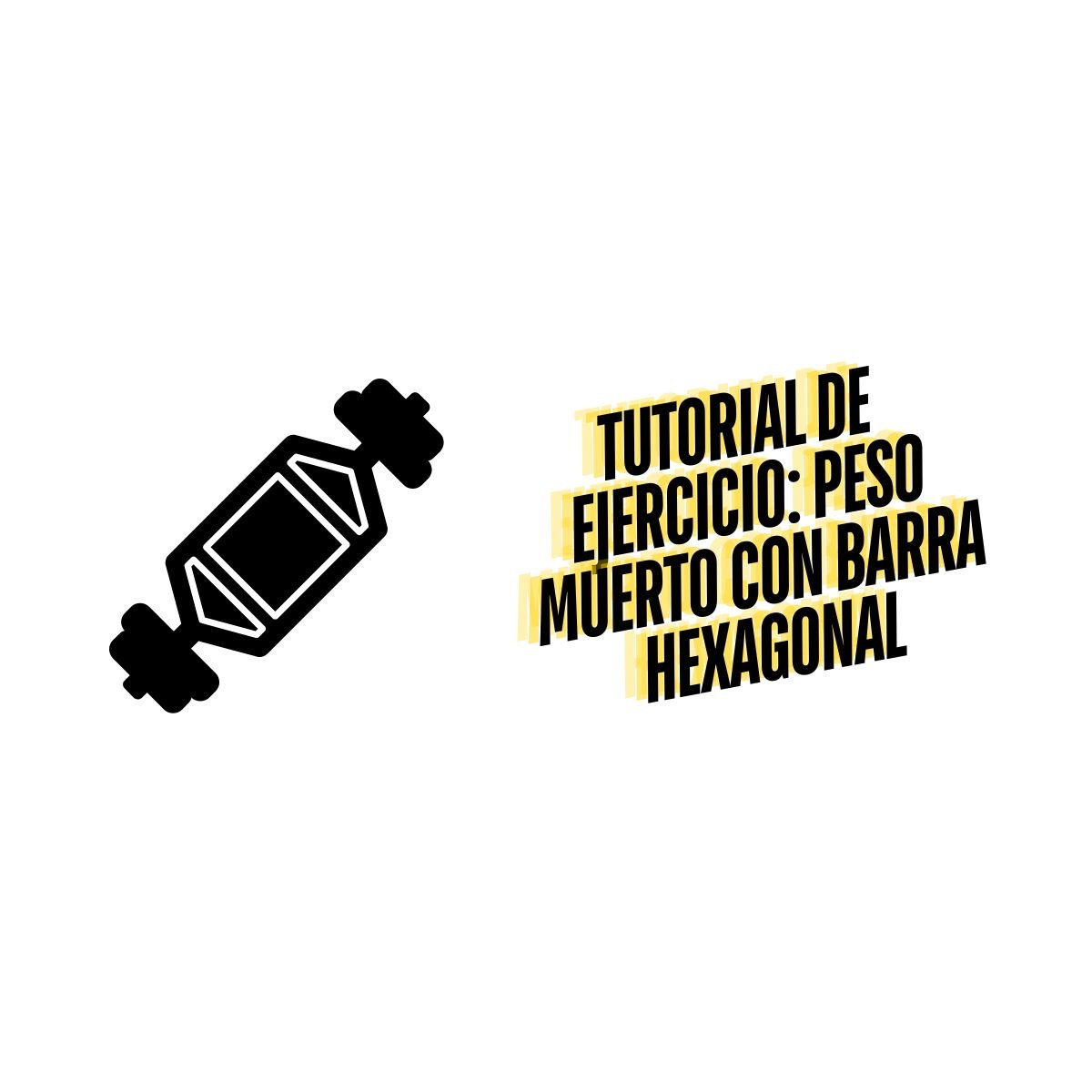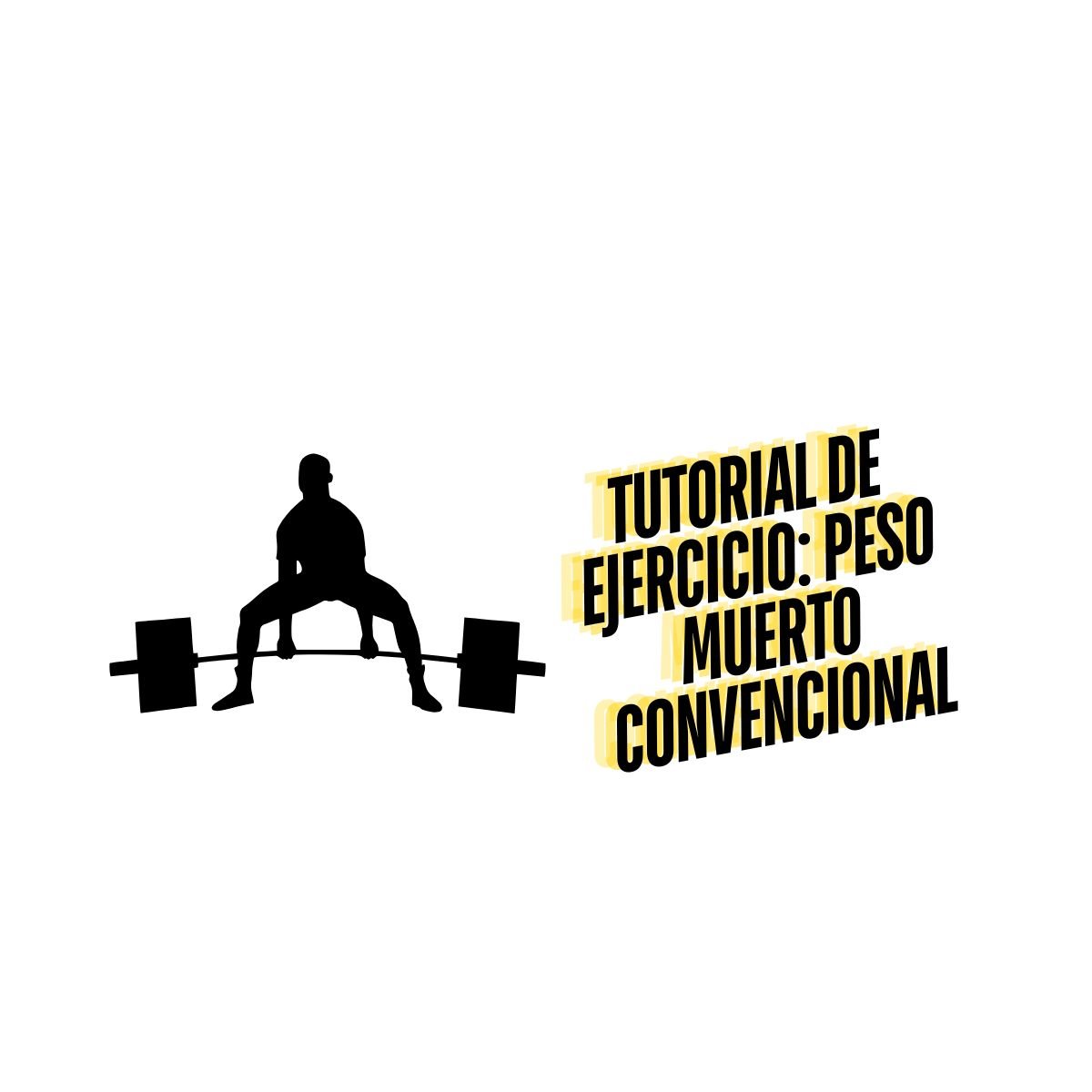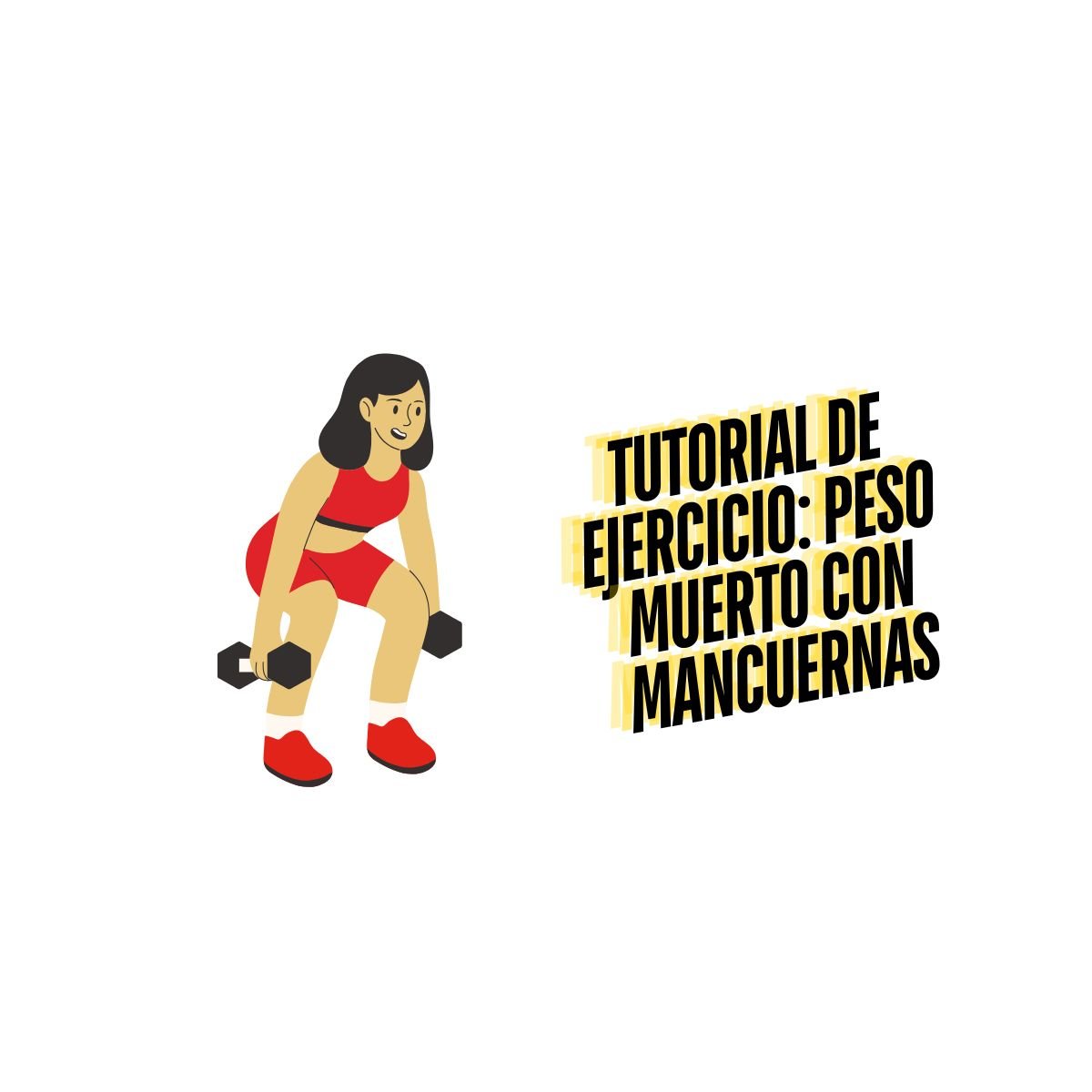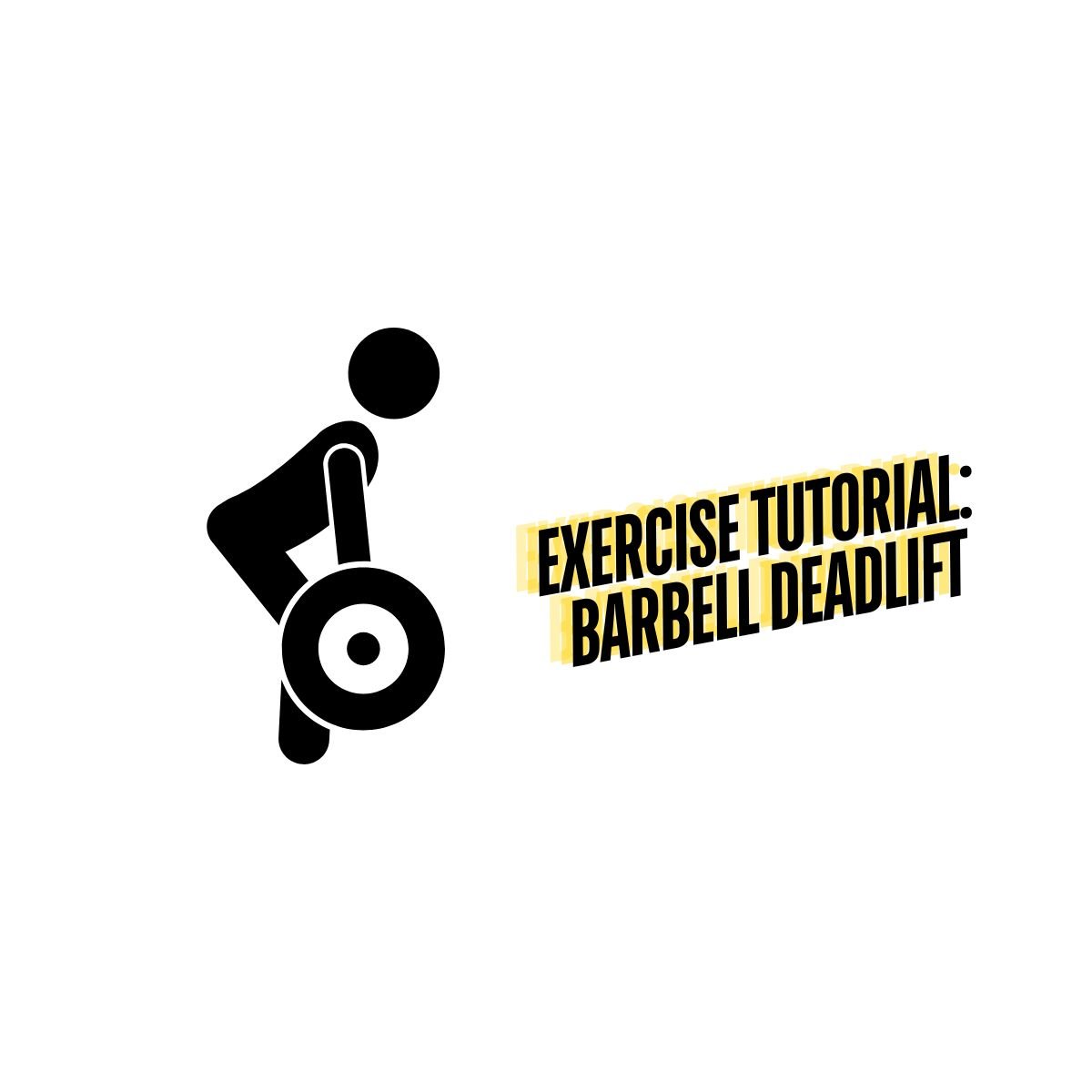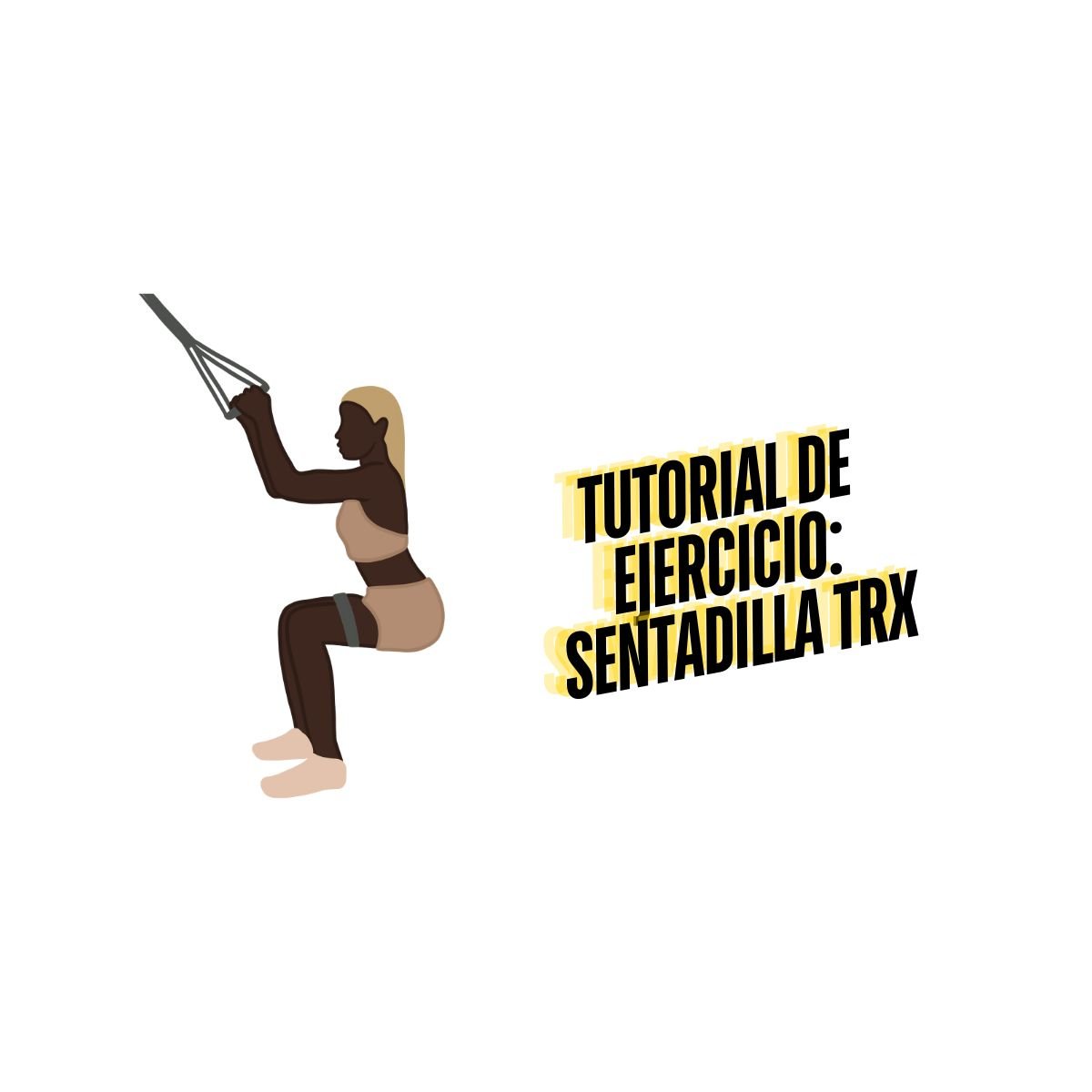What Are and How to Do Isometric Exercises
Table of Contents
What Are Isometric Exercises
Isometric exercises are exercises where the body maintains a static position. This means that the muscles and joints are not visibly shortening or lengthening but they are still under stress. Isometric exercises are ways that you can build and maintain strength and stabilization but are not great for improving speed or power. Keep reading to learn more about isometric exercises, and how they can be of benefit to you.
In addition, there is a machine called “ Isophit “. You can perform any Isometric exercise on this machine.
What Does Isometric Mean
An isometric exercise is a position that puts a muscle or muscle group under tension, without a shortening or lengthening of the muscle or joint. A great example of an isometric exercise is a wall sit. The muscles in the legs are under tension during a wall sit, but there is no visual contraction of the muscle.
Isometric Exercises Benefits
The benefits of isometric exercises are great reasons to add them to your exercise routine. The strength that is maintained and built from consistently performing these exercises is beneficial in fighting age-related muscle loss, which can result in reduced independence and lead to various diseases and disorders.
Isometric exercises have many benefits. This is why exercises like the wall sit are so popular. Some isometric exercise benefits include,
Improved joint stability.
Can help to rehabilitate various injuries.
Lowers blood pressure (i.e. isometric handgrip exercises).
Can help to reduce pain.
Can help to activate muscles.
Isometric exercises do not need equipment.
Will add variety to your exercise routine.
Can target various muscle groups.
Isometric Contraction Exercises
There are many isometric contract exercises that you can try! Chances are, you’ve heard of most of these isometric contraction exercises, or are already doing them! Keep reading to see a list of isometric contraction exercises for each muscle group.
Isometric Ab Exercises
Isometric Ab Exercises are very popular and be beneficial in maintaining and building core strength. With consistent practice, you will notice very quickly that you are stronger in these isometric positions and can maintain them for longer periods of time. Here are some popular isometric ab exercises,
Hollow Hold
Hanging L-Sit
Forearm Plank
High Plank
Boat Pose
Handstand
Warrior III
Glute Bridge and Hold
Isometric Shoulder Exercises
Isometric shoulder exercises are crucial to rehabilitating injured rotator cuffs, specifically right after a surgery or procedure. Here are some popular isometric shoulder exercises that are prescribed for rehabilitation
Isometric Shoulder Flexion
Isometric Shoulder Extension
Isometric Shoulder Abduction
Isometric Shoulder External Rotation
Isometric Shoulder Internal Rotation
All of these isometric shoulder exercises require the use of a wall to apply force into. This is what allows the exercise to be isometric. It can be helpful to place a towel around the wrist to cushion the arm against the wall.
Isometric Leg Exercises
Isometric leg exercises are great for strengthening the muscles and the joints, as well as improving muscle activation. They will seem difficult at first, especially if you have not performed isometric leg exercises before. However, you can quickly build up your endurance with practice! Here is a list of some popular isometric leg exercises.
Split Squat Hold
Warrior I, II and III
Glute Bridge Hold
Static Lunge
Isometric Squat
Isometric Pistol Squat
Isometric Ball/Pillow Squeeze
Isometric Calf Raise
Isometric Back Exercises
Isometric back exercises are not as abundant as the other areas of the body, but still exist! The most popular isometric back exercises include the Superman, Side Plank, and the Half-kneeling Pallof Press.
Isometric Arm Exercises
Isometric arm exercises involve the use of a wall, doorway or towel. Some great isometric arm exercise include,
Isometric Shoulder Press
Isometric Biceps Curl
Hanging Static Hold
Hanging L-Sit
Isometric Triceps Dips
Handstand
Wall Push
Isometric Lateral Raise
Isometric Chest Press
Isometric Eccentric Exercises
An eccentric exercise occurs when the muscle is lengthening. We can observe an isometric eccentric exercise in the Biceps Curl which features and eccentric, concentric, and isometric contraction. The exercise is eccentric when the arm is being lowered, and the biceps are lengthening. The exercise is concentric when the arm is being lifted, and the Biceps are shortening. Finally, the exercise is isometric when the arm is being held in one position, and the muscle is neither shortening nor lengthening but is still under tension.






